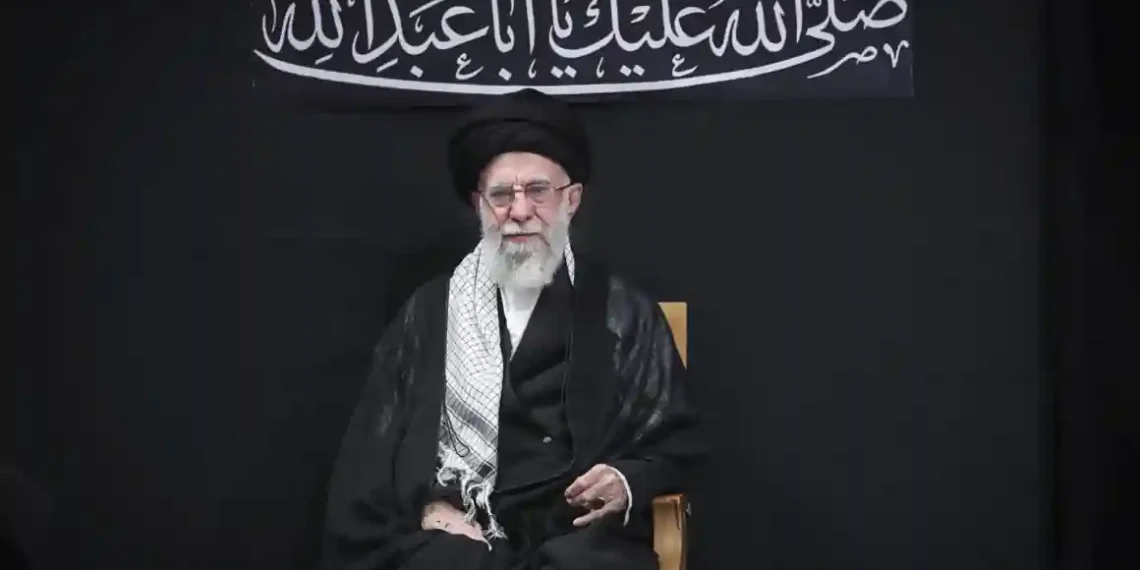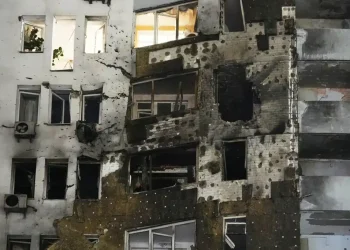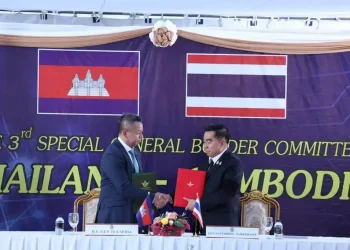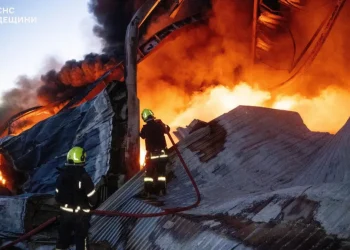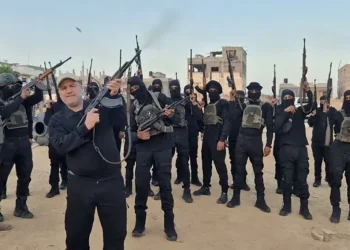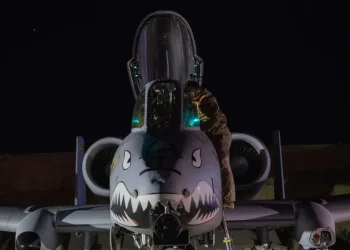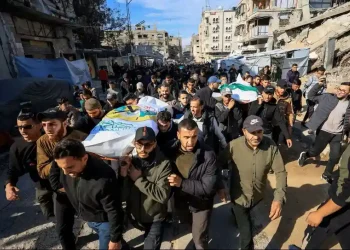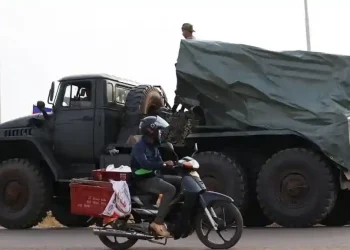Iran’s Supreme Leader Reemerges Publicly Amid Fallout From Iran-Israel War
Ayatollah Ali Khamenei makes first public appearance since conflict began as Iran grapples with nuclear damage, casualties, and rising international tension.
Khamenei Attends Ashoura Ceremony in Tehran
Iran’s Supreme Leader Ayatollah Ali Khamenei appeared in public Saturday for the first time since the start of the 12-day war between Iran and Israel, marking a significant moment amid continued fallout from the unprecedented regional conflict.
Khamenei, 86, attended a religious mourning ceremony in Tehran on the eve of Ashoura, a key Shiite observance. The event was held at a mosque near his official residence and was heavily guarded, as is standard for such gatherings.
State television showed Khamenei nodding and waving to an applauding crowd. However, he did not deliver any public remarks during the appearance, which was closely watched both domestically and internationally.
Speculation Surrounds Leader’s Whereabouts During War
Khamenei’s absence throughout the nearly two-week conflict sparked widespread speculation that Iran’s top leader had been sheltering in a secure underground location — a scenario unconfirmed by state media.
That speculation intensified after U.S. President Donald Trump revealed via social media that the U.S. military knew Khamenei’s location during the conflict but had no intention to target him “at least for now.”
Khamenei had issued a brief, prerecorded statement on June 26 after a ceasefire was reached. In it, he praised Iran’s missile strike on a U.S. air base in Qatar as a “slap to America’s face” and warned against further aggression from either Washington or Tel Aviv.
Trump responded dismissively, calling Khamenei “a man of great faith” before adding, “You got beat to hell.”
Human Cost and Nuclear Fallout Mount in Iran
Iran’s government has confirmed over 900 deaths, including civilian and military casualties, and thousands of injuries as a result of the war. Serious damage to the country’s nuclear infrastructure has also been acknowledged, though the full extent remains unclear.
Following attacks on three of Iran’s nuclear sites by the U.S., Iran’s president announced a suspension of cooperation with the International Atomic Energy Agency (IAEA), restricting the ability of U.N. inspectors to assess Iran’s uranium enrichment progress.
Iran was enriching uranium to near weapons-grade levels before the conflict, a key concern for both Israel and Western nations. The possibility of resumed nuclear talks remains uncertain.
Israel Targeted Iran’s Military and Nuclear Elite
Throughout the conflict, Israeli strikes reportedly targeted not only nuclear facilities but also missile defense systems, senior military leaders, and atomic scientists.
In retaliation, Iran launched more than 550 ballistic missiles toward Israeli territory. While the majority were intercepted by Israel’s defense systems, at least 28 people were killed and damage was reported across multiple cities.
The war has left both nations politically strained and militarily bruised, with little clarity on whether further escalations or diplomatic talks will follow.
Ashoura Observance Tied to Shiite History and Identity
Khamenei’s public return came during Ashoura, one of Shiite Islam’s most solemn commemorations. The ceremony marks the 7th-century martyrdom of Hussein, the Prophet Muhammad’s grandson, whose death at the Battle of Karbala remains a foundational event in Shiite belief.
In Tehran and across Shiite regions, red flags and black garments symbolized mourning, while rituals of self-flagellation and chest-beating played out under the summer heat. The event underscored Khamenei’s role not only as a political figure but as a religious guide.
Internet Blackout Raises New Concerns
Adding to the tensions, global watchdog NetBlocks reported a major internet disruption across Iran late Saturday. The outage, which lasted around two hours, coincided with Khamenei’s appearance and followed similar telecom blackouts during the war.
While connectivity has since been restored, the incident raised alarms about information control and digital repression amid a volatile post-war environment.
Looking Ahead: A Region in Flux
Khamenei’s reappearance may signal an effort to project stability, but Iran remains deeply impacted by the war’s toll—militarily, diplomatically, and economically.
With nuclear oversight suspended, casualties mounting, and relations with the West further deteriorated, the Islamic Republic now faces escalating uncertainty at home and abroad.
Whether Iran returns to nuclear negotiations or chooses a path of further confrontation remains an open question in a region where the stakes continue to rise.
This article was rewritten by JournosNews.com based on verified reporting from trusted sources. The content has been independently reviewed, fact-checked, and edited for accuracy, neutrality, tone, and global readability in accordance with Google News and AdSense standards.
All opinions, quotes, or statements from contributors, experts, or sourced organizations do not necessarily reflect the views of JournosNews.com. JournosNews.com maintains full editorial independence from any external funders, sponsors, or organizations.
Stay informed with JournosNews.com — your trusted source for verified global reporting and in-depth analysis. Follow us on Google News, BlueSky, and X for real-time updates.
